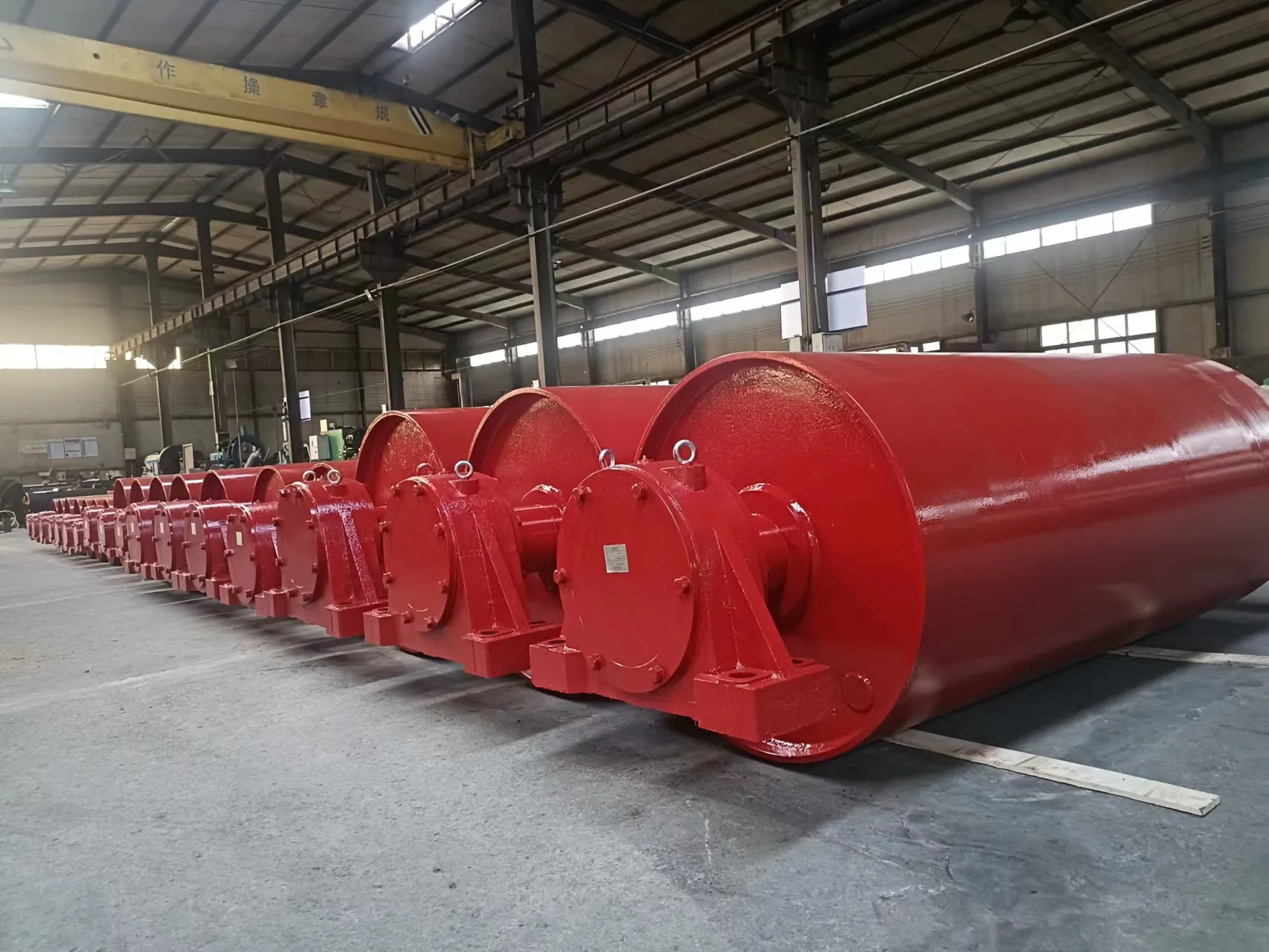 Afrikaans
Afrikaans  Albanian
Albanian  Amharic
Amharic  Arabic
Arabic  Armenian
Armenian  Azerbaijani
Azerbaijani  Basque
Basque  Belarusian
Belarusian  Bengali
Bengali  Bosnian
Bosnian  Bulgarian
Bulgarian  Catalan
Catalan  Cebuano
Cebuano  Corsican
Corsican  Croatian
Croatian  Czech
Czech  Danish
Danish  Dutch
Dutch  English
English  Esperanto
Esperanto  Estonian
Estonian  Finnish
Finnish  French
French  Frisian
Frisian  Galician
Galician  Georgian
Georgian  German
German  Greek
Greek  Gujarati
Gujarati  Haitian Creole
Haitian Creole  hausa
hausa  hawaiian
hawaiian  Hebrew
Hebrew  Hindi
Hindi  Miao
Miao  Hungarian
Hungarian  Icelandic
Icelandic  igbo
igbo  Indonesian
Indonesian  irish
irish  Italian
Italian  Japanese
Japanese  Javanese
Javanese  Kannada
Kannada  kazakh
kazakh  Khmer
Khmer  Rwandese
Rwandese  Korean
Korean  Kurdish
Kurdish  Kyrgyz
Kyrgyz  Lao
Lao  Latin
Latin  Latvian
Latvian  Lithuanian
Lithuanian  Luxembourgish
Luxembourgish  Macedonian
Macedonian  Malgashi
Malgashi  Malay
Malay  Malayalam
Malayalam  Maltese
Maltese  Maori
Maori  Marathi
Marathi  Mongolian
Mongolian  Myanmar
Myanmar  Nepali
Nepali  Norwegian
Norwegian  Norwegian
Norwegian  Occitan
Occitan  Pashto
Pashto  Persian
Persian  Polish
Polish  Portuguese
Portuguese  Punjabi
Punjabi  Romanian
Romanian  Russian
Russian  Samoan
Samoan  Scottish Gaelic
Scottish Gaelic  Serbian
Serbian  Sesotho
Sesotho  Shona
Shona  Sindhi
Sindhi  Sinhala
Sinhala  Slovak
Slovak  Slovenian
Slovenian  Somali
Somali  Spanish
Spanish  Sundanese
Sundanese  Swahili
Swahili  Swedish
Swedish  Tagalog
Tagalog  Tajik
Tajik  Tamil
Tamil  Tatar
Tatar  Telugu
Telugu  Thai
Thai  Turkish
Turkish  Turkmen
Turkmen  Ukrainian
Ukrainian  Urdu
Urdu  Uighur
Uighur  Uzbek
Uzbek  Vietnamese
Vietnamese  Welsh
Welsh  Bantu
Bantu  Yiddish
Yiddish  Yoruba
Yoruba  Zulu
Zulu spiral return idler
The Spiral Return Idler An Innovative Solution for Conveyor Systems
In today’s fast-paced industrial environment, efficient material handling is crucial for the productivity of any operation. One of the key components that contribute to this efficiency is the idler system used in conveyor belts. Among various types of idlers, the spiral return idler stands out as a significant advancement in design and functionality. This article delves into the features, benefits, and applications of spiral return idlers, shedding light on how they optimize conveyor systems.
What is a Spiral Return Idler?
A spiral return idler is a specialized component utilized in conveyor systems to guide and support the return section of the belt. Its design features a spiral configuration that spirals around a central axis, allowing for smooth and efficient movement of the conveyor belt. The spiral design significantly reduces friction and wear on the belt, providing a longer service life and lower maintenance needs.
Advantages of Spiral Return Idlers
1. Reduced Wear and Tear The unique spiral shape minimizes contact points between the belt and the idler, leading to reduced friction. This decreases the amount of wear on both the idler and the conveyor belt itself, prolonging their lifespan and lowering replacement costs.
2. Improved Material Flow The design of the spiral return idler ensures that materials are effectively returned to the starting point without clogging or degradation. This is particularly beneficial in applications where bulk materials, such as aggregates or chemicals, are transported.
3. Enhanced Stability Spiral return idlers provide better support for the conveyor belt, reducing the likelihood of sagging or excessive flexing. This stability is crucial, especially in applications with heavy loads, as it ensures consistent performance and reduces the risk of breakdowns.
4. Noise Reduction Traditional idlers can often generate significant noise during operation. The smooth movement facilitated by spiral return idlers results in significantly less noise, contributing to a quieter working environment—an important factor in many industries where noise pollution is a concern.
spiral return idler

5. Versatility Spiral return idlers can be adapted for various conveyor types and configurations, making them suitable for a diverse range of industries, from mining and mineral processing to food production and packaging.
Applications of Spiral Return Idlers
Spiral return idlers are primarily used in bulk material handling systems, but their versatility has seen them adopted across numerous sectors.
- Mining In the mining industry, where heavy and abrasive materials are transported, the durability and reduced wear of spiral return idlers make them indispensable for optimizing conveyor performance.
- Agriculture Conveyor systems in agricultural settings benefit from the smooth operation of spiral return idlers, which can transport grains, seeds, and fertilizers with minimal damage.
- Logistics In distribution centers and warehouses, efficiency is key. Spiral return idlers ensure that conveyor systems function effectively, supporting the quick movement of packages and goods.
- Food Industry In food processing and packaging, cleanliness and efficiency are paramount. Spiral return idlers can be constructed with food-grade materials to meet stringent hygiene standards while ensuring reliable operation.
Conclusion
The introduction of the spiral return idler marks a significant step forward in conveyor system technology. With their reduced wear, improved material flow, and versatility across various industries, these idlers enhance the operational efficiency of conveyor systems. As industrial demands continue to evolve, the ongoing innovation in designs such as the spiral return idler will play a key role in mastering the challenges of modern material handling and ensuring that businesses remain competitive in a rapidly changing market. Embracing such innovative solutions not only contributes to improved productivity but also fosters a proactive approach to minimizing costs and maximizing efficiency in the long run.
-
Revolutionizing Conveyor Reliability with Advanced Rubber Lagging PulleysNewsJul.22,2025
-
Powering Precision and Durability with Expert Manufacturers of Conveyor ComponentsNewsJul.22,2025
-
Optimizing Conveyor Systems with Advanced Conveyor AccessoriesNewsJul.22,2025
-
Maximize Conveyor Efficiency with Quality Conveyor Idler PulleysNewsJul.22,2025
-
Future-Proof Your Conveyor System with High-Performance Polyurethane RollerNewsJul.22,2025
-
Driving Efficiency Forward with Quality Idlers and RollersNewsJul.22,2025





























